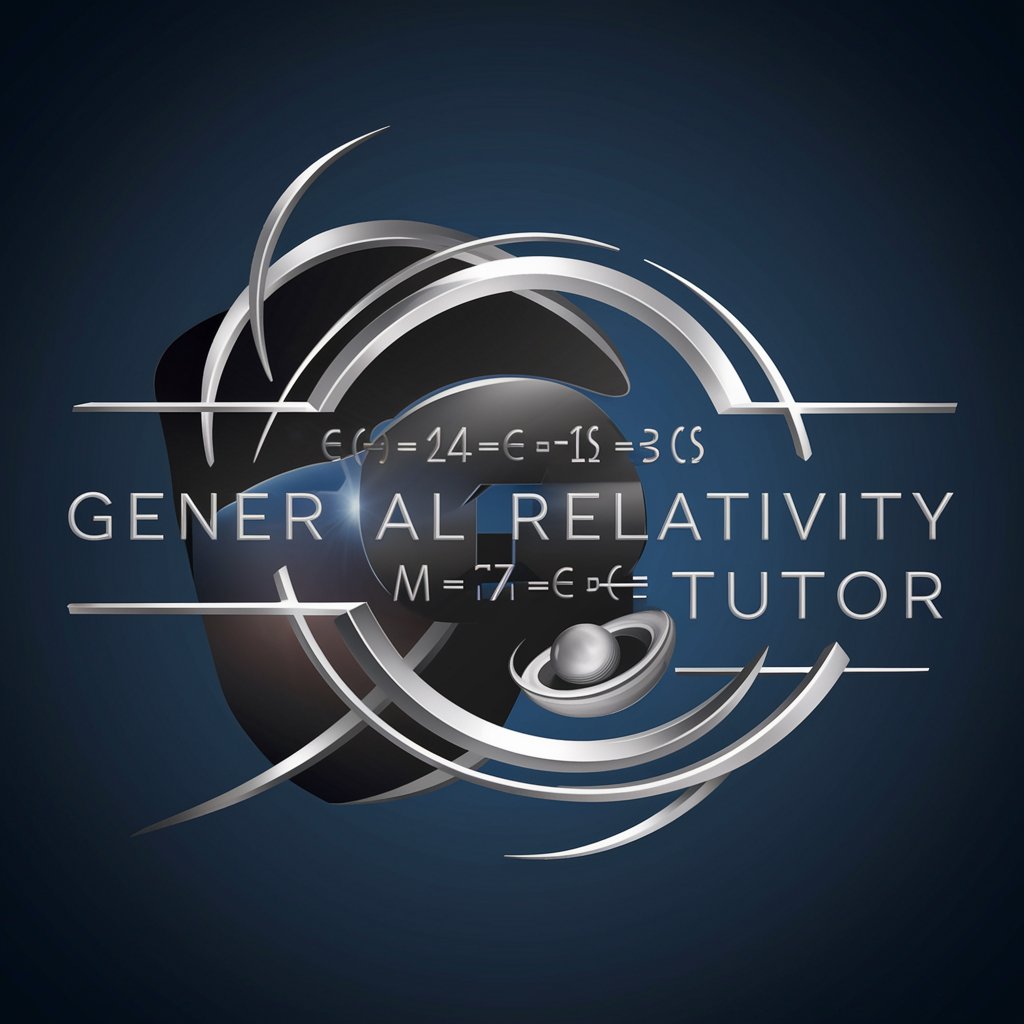東京ドーム何個分か計算するAI - Tokyo Dome Area Comparison

Hi! Let's compare areas to Tokyo Dome's size.
Visualize Area with Tokyo Domes
How many Tokyo Domes is 100,000 square meters?
Can you tell me how big 50,000 m² is in Tokyo Domes?
I have an area of 75,000 square meters, how many Tokyo Domes is that?
Is 30,000 square meters larger than Tokyo Dome?
Get Embed Code
Understanding 東京ドーム何個分か計算するAI
東京ドーム何個分か計算するAI is a specialized tool designed to calculate and compare various areas in terms of the size of Tokyo Dome, a well-known stadium in Tokyo with an area of 46,755 square meters. This AI provides a unique perspective on spatial measurements by converting any given area into how many times it would fit into the Tokyo Dome. For example, if someone wants to understand the size of a national park, a city, or even a country in terms more relatable and visually comprehensible, this AI helps by providing that area as a fraction or multiple of Tokyo Dome. This can be particularly enlightening when discussing large, complex areas that are difficult to visualize on their own. Powered by ChatGPT-4o。

Key Functions and Real-World Applications
Area Conversion
Example
If a user inputs an area of 93,510 square meters, the AI calculates that this area is approximately 2 Tokyo Domes in size.
Scenario
This function is useful in educational settings, where teachers may want to provide students with a relatable scale for understanding large geographical areas.
Comparative Analysis
Example
The AI can compare the sizes of different cities by expressing each in terms of Tokyo Domes. For instance, comparing the 1,572 square kilometers of Tokyo to the 605 square kilometers of Singapore.
Scenario
Urban planners or real estate developers might use this to gauge and communicate the scale of development projects or to compare the size of various real estate properties.
Target User Groups for 東京ドーム何個分か計算するAI
Educators and Students
This group benefits from the AI’s ability to simplify and visualize complex geographical data, making it easier for teaching and learning geographical and spatial concepts.
Urban Planners and Real Estate Developers
Professionals in these fields can use the AI to easily convey the scale of land use and development projects to stakeholders and clients, ensuring a clear and common understanding of spatial dimensions.
Tourism Operators
Tour operators can use this tool to explain the size of attractions or areas tourists will visit, enhancing the informational value of their tours and presentations.

How to Use 東京ドーム何個分か計算するAI
Access the Tool
Visit yeschat.ai for a free trial without login, and no need for ChatGPT Plus.
Enter Area in Square Meters
Input the area in square meters for which you want to find out how many times it could fit into the Tokyo Dome.
Submit Your Query
Press the 'calculate' button to submit your area measurement and receive the answer.
Review Results
The output will display how many Tokyo Domes the given area is equivalent to, allowing for easy comparison and understanding.
Explore Further
Use the tool to explore various areas such as cities, parks, or large buildings to understand their size in terms of Tokyo Dome equivalents.
Try other advanced and practical GPTs
東京のお土産ガイド
Discover Tokyo's Tastiest Treats with AI

ColumnCraft
Empower Your Writing with AI

Product Manager - Confluence Entry
Streamline Documentation with AI

General N
Unleashing potential with AI-powered rigor.

General Relativity Tutor
Unraveling the universe, one equation at a time.

Product Mentor
Empowering Product Decisions with AI

東京大学前期教養課程のシラバスアドバイザー
Navigate UTokyo Courses with AI

Tokyo Explorer(時間!移動!効率よく楽しむ東京の観光案内)
Navigate Tokyo with AI-powered precision.

東京レストラン案内
Discover Tokyo's Best Eats, AI-Powered

東京不動産ガイド
Empowering your Tokyo property journey with AI

Tokyo Navi 東京ナビ
Navigating Tokyo's local government, powered by AI

東京の隠された建築物
Uncover Tokyo's Forgotten Architectural Wonders

FAQs About 東京ドーム何個分か計算するAI
What is the area of Tokyo Dome?
The Tokyo Dome covers an area of 46,755 square meters. This measurement is used as a standard unit for comparing large areas using the 東京ドーム何個分か計算するAI.
Can I calculate the area of irregular shapes?
Yes, as long as you can provide the area in square meters, 東京ドーム何個分か計算するAI can calculate how many Tokyo Domes that area would equal, regardless of the shape.
Is there a limit to the area size I can input?
No, there is no upper limit to the area size you can input. The tool is designed to handle any area size, from small plots to large regions.
How accurate is the tool?
The tool provides a simple mathematical comparison based on the area provided. It's accurate in terms of arithmetic calculations but does not account for geographic or physical features of the land.
Can this tool be used for educational purposes?
Absolutely, 東京ドーム何個分か計算するAI is an excellent resource for educators teaching about areas, scales, and mathematical ratios, making it useful in academic settings.
